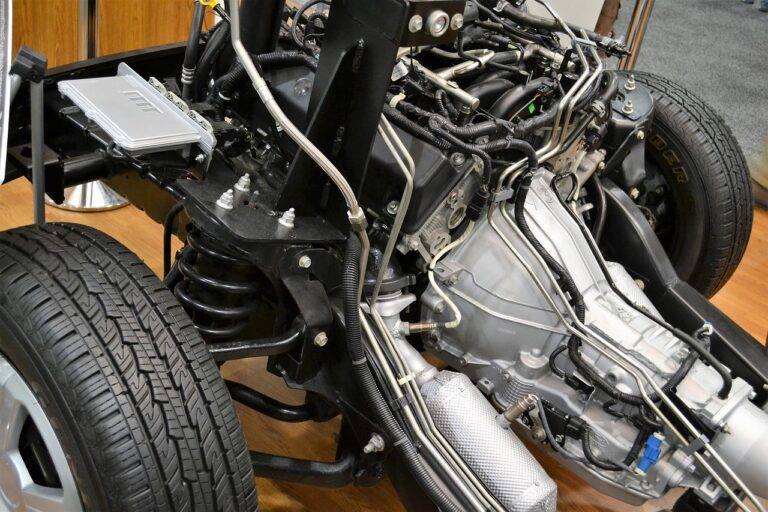Enhancing Public Transit Systems for Accessibility
allpanelexchange, lotus365 book, laser book 247: Public transit systems play a crucial role in connecting people to their destinations and improving urban mobility. However, for many individuals with disabilities or limited mobility, accessing public transportation can be a challenge. It is essential for cities to enhance their public transit systems to make them more accessible to all members of the community.
Improving accessibility in public transit systems is not just about complying with regulations; it is about creating a more inclusive and equitable society. By making public transportation more accessible, cities can ensure that everyone has the opportunity to participate fully in social, economic, and cultural activities. Here are some ways that cities can enhance their public transit systems for accessibility:
1. Implementing wheelchair ramps and lifts on buses and trains
One of the most basic ways to improve accessibility in public transit systems is to install wheelchair ramps and lifts on buses and trains. This simple addition can make a world of difference for individuals with mobility impairments who rely on wheelchairs or other mobility devices to get around.
2. Providing audio and visual announcements
Another important step towards improving accessibility in public transit is to provide audio and visual announcements on buses and trains. This can help individuals with visual or hearing impairments to navigate the public transportation system more easily and independently.
3. Creating designated seating areas for individuals with disabilities
Cities can also enhance accessibility in public transit systems by creating designated seating areas for individuals with disabilities. These seating areas should be easily accessible and clearly marked to ensure that they are available for those who need them.
4. Installing tactile paving and signage
Tactile paving and signage are essential components of an accessible public transit system. Tactile paving can help individuals with visual impairments navigate train platforms and bus stops safely, while clear signage can provide important information to all passengers, including those with disabilities.
5. Offering paratransit services
In addition to making improvements to fixed-route public transportation, cities can also offer paratransit services for individuals who are unable to use traditional bus and train services. Paratransit services provide door-to-door transportation for individuals with disabilities, offering them greater flexibility and independence in their travel.
6. Providing staff training on accessibility
Lastly, cities should invest in staff training to ensure that all public transportation employees are knowledgeable about accessibility issues and able to assist individuals with disabilities effectively. By educating staff members on best practices for serving passengers with disabilities, cities can create a more welcoming and inclusive public transit system for all.
FAQs:
Q: How can cities fund improvements to public transit accessibility?
A: Cities can fund improvements to public transit accessibility through a variety of sources, including government grants, private partnerships, and dedicated tax revenues. By prioritizing accessibility in transportation budgets, cities can ensure that all members of the community have equal access to public transit services.
Q: What are some examples of cities with highly accessible public transit systems?
A: Cities like London, Singapore, and Portland, Oregon, are known for their highly accessible public transit systems. These cities have implemented a range of initiatives to improve accessibility, from providing step-free access to buses and trains to offering comprehensive paratransit services for individuals with disabilities.
Q: How can individuals contribute to improving accessibility in public transit systems?
A: Individuals can contribute to improving accessibility in public transit systems by advocating for inclusive policies, supporting organizations that work towards accessibility, and providing feedback to transportation agencies about their experiences. By raising awareness and pushing for change, individuals can help create a more accessible public transportation system for everyone.







